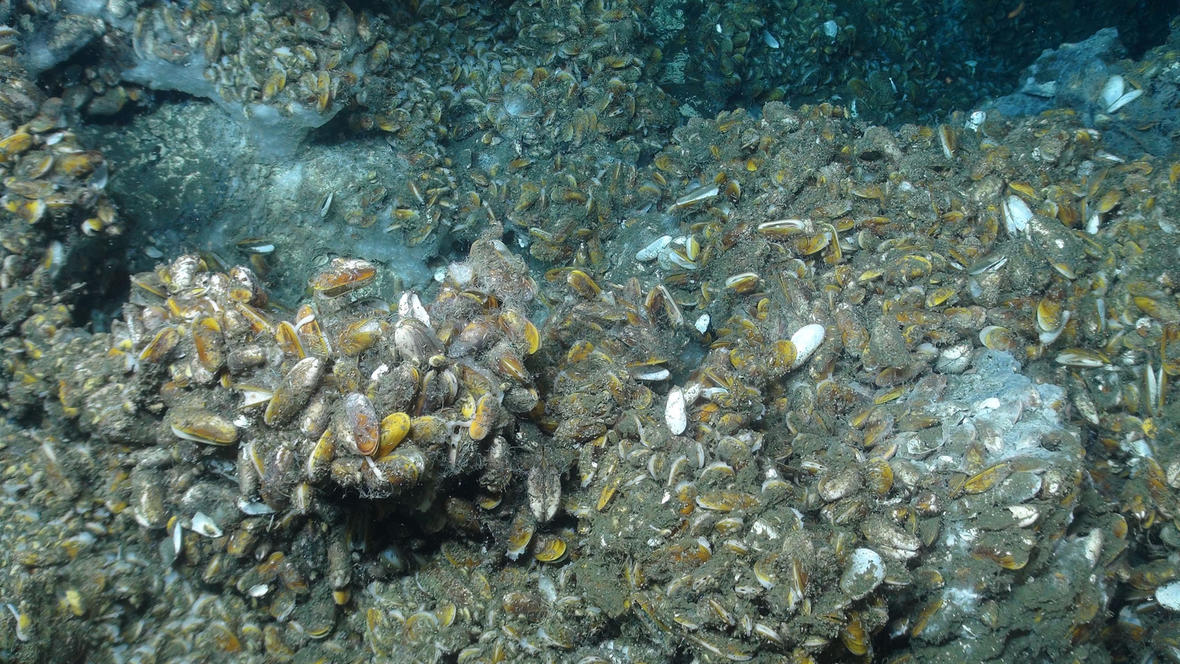The WaterWord: Methanogenesis
Definition:
- Anytime you see the word “genesis,” you’re looking at the beginning of something, and methanogenesis is no exception. It refers to the creation of methane by a specific set of microbes (microscopic organisms) that produce methane as a byproduct of digesting their food.
Etymology:
- Methane comes from the French word methylene, itself made up of the Greek word methy (wine) and hyle (wood). This is because methylene was detected in wood alcohol. Genesis, meanwhile, comes from the old Greek word genos, meaning “birth, descent.”

Use/Significance in the Earth Science Community:
- Methanogenesis is an important part of the breakdown of organic material, especially in low oxygen environments like deep-sea sediments. Many of the deep ocean methane seeps get their methane from methanogenesis. Since the methane then serves as the basis for entire food webs around the methane seeps, methanogenesis is vital for these ecosystems.
- Methane also breaks down in ocean sediments due to the action of microbes. There is a constant interplay between methanogenesis and the destruction of methane through certain processes carried out by other microbes. A byproduct of the destruction of methane at cold seeps is the formation of specific minerals that carry a record of methane emissions at a site.
U.S. Geological Survey/Schmidt Ocean Institute Use:
- USGS and SOI are collaborating on a research cruise off the coast of Oregon and Washington that will study methane seeps in a region known as the continental margin. Some of the methane that escapes into the ocean from these seeps likely came from methanogenesis, and so scientists will study what kinds of microbes live near the seeps and how they could be contributing to the supply of methane in these ecosystems.
- Scientists who participated in past SOI research cruises have also published papers on methanogenesis near hydrothermal, or hot water, vents.
- USGS also studies methanogenesis on land, within petroleum reservoirs and other rock formations.

